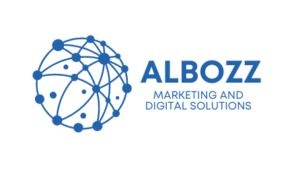A well-designed website is more than just aesthetics—it’s about user experience (UX), search engine optimization (SEO), and mobile responsiveness. Whether you’re revamping an old site or starting fresh, here are the essential elements to ensure your website is both visually appealing and optimized for search engines.
1. Mobile-First Design
With Google’s mobile-first indexing, your site needs to be fully responsive. A mobile-friendly design enhances usability, improves page rankings, and keeps visitors engaged. Key considerations:
- Adaptive layouts that adjust to various screen sizes.
- Optimized images to reduce load time without compromising quality.
- Accessible navigation for touch-based interactions.
2. Fast Page Load Speeds
Search engines prioritize fast websites. A slow-loading site increases bounce rates, negatively impacting your SEO ranking. Optimize your website speed with:
- Content Delivery Networks (CDN) for faster global access.
- Compressed images using next-gen formats like WebP.
- Minimized CSS and JavaScript to enhance site performance.
3. Intuitive User Experience (UX) & Navigation
A seamless UI/UX design encourages longer site visits and lowers bounce rates, contributing to better SEO. Best practices include:
- A logical site structure with well-defined menus.
- Clear calls-to-action (CTA) to guide users.
- Consistent typography and color schemes.
4. On-Page SEO & Keyword Optimization
Effective on-page SEO improves your site’s visibility. Incorporate high-ranking keywords naturally across your content:
- Use meta tags, title tags, and alt text strategically.
- Optimize headings (H1, H2, H3) with primary and secondary keywords.
- Ensure internal linking to relevant pages for better crawlability.
5. High-Quality Content & Blogging
Google favors fresh, valuable content. A content strategy that includes regular blogging can enhance domain authority and drive organic traffic. Tips:
- Publish long-form content with SEO-rich keywords.
- Use engaging visual elements like infographics.
- Keep readability high with short paragraphs and bullet points.
6. Strong Technical SEO Implementation
Beyond content and design, technical elements are crucial. Secure HTTPS encryption, optimized XML sitemaps, and structured schema markup help search engines understand your site better, improving search visibility.
Final Thoughts
A beautiful website is just the beginning. Prioritizing SEO, performance optimization, and UX design ensures your site ranks well, attracts visitors, and converts leads. Contact us to learn more!

